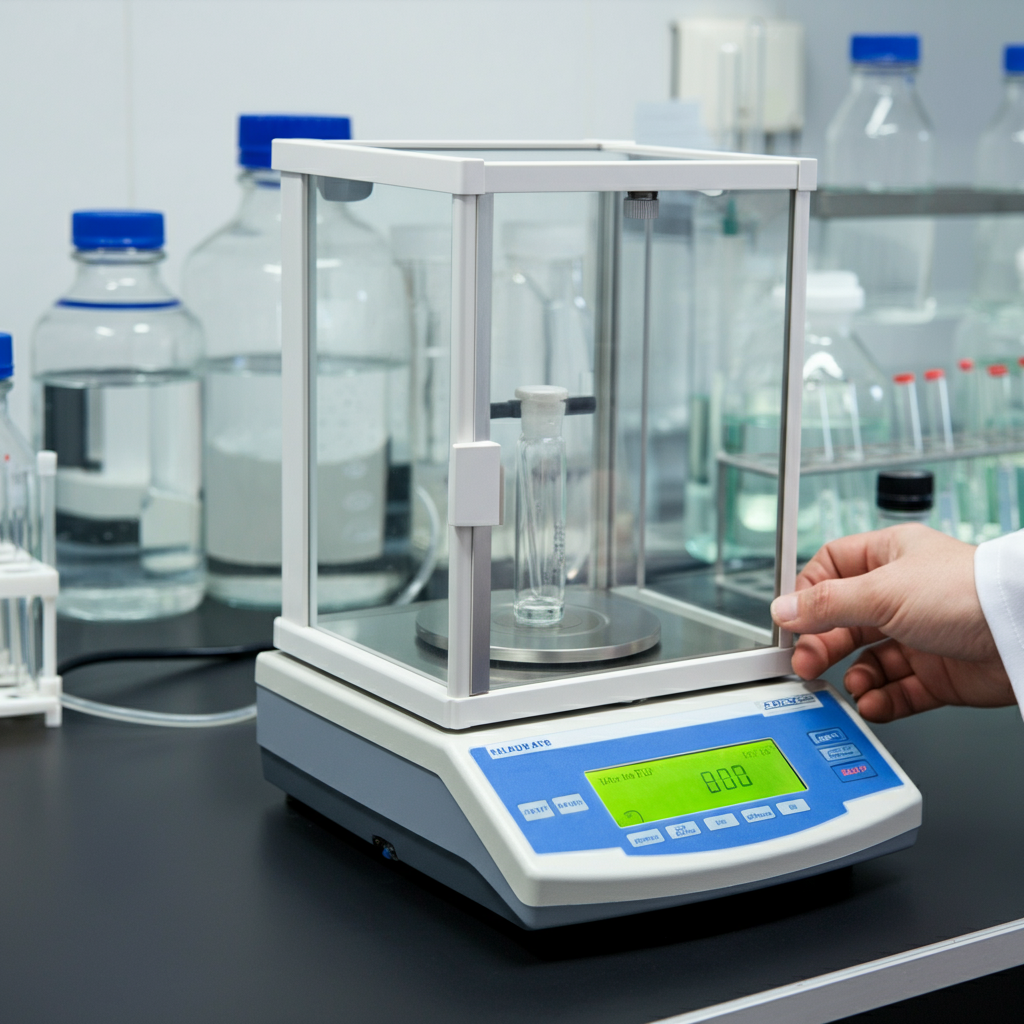When it comes to water testing, precision isn’t just a preference—it’s an absolute necessity. Whether you’re analyzing environmental water quality, ensuring safe drinking water, or conducting industrial quality control, analytical balances are the unsung heroes of reliable results. These finely tuned instruments are your go-to tools for measuring everything from dissolved solids to chemical concentrations.
Why Analytical Balances Matter in Water Testing
Imagine needing to determine the total dissolved solids (TDS) in a river sample. Using an analytical balance, you can evaporate the water and precisely measure the remaining residue. That tiny measurement, expressed down to a fraction of a milligram, holds crucial information about the water’s quality. It’s this level of sensitivity that makes analytical balances indispensable for laboratories handling water testing.
Then there’s the preparation of chemical solutions. It’s not enough to just toss in “about” the right amount of a substance; precise measurement is key. Whether you’re preparing reagents for pH testing or ensuring consistent chemical concentrations for further analysis, an analytical balance becomes your closest ally.
The Role of Technology in Modern Water Testing
Modern analytical balances bring convenience and accuracy together. Many come with internal calibration, automatically adjusting for fluctuations in temperature or humidity in the lab. This feature ensures that your readings remain consistently accurate, no matter what’s happening around you. Plus, with connectivity options like USB or Bluetooth, transferring data is seamless. Saving time and reducing human error? That’s a win-win.
Real-World Applications of Analytical Balances
Think about testing water in a sprawling industrial facility. Plant managers need to validate that their water treatment processes meet strict compliance standards. Analytical balances provide the precision required to pinpoint the smallest discrepancies. Similarly, in an environmental monitoring scenario, scientists rely on these instruments to track pollutants in rivers or lakes over time. Without the confidence these balances provide, decisions about water safety would be a shot in the dark.
Elevate Your Laboratory Workflow
Using analytical balances in water testing helps labs not only achieve precision but also streamline workflows and adhere to strict compliance standards. By incorporating features like detailed data recording and user-friendly interfaces, these instruments ensure accuracy while reducing operational inefficiencies.
Final Thoughts
If water quality matters to you, then investing in a dependable analytical balance is non-negotiable. With their ability to weigh, measure, calibrate, and connect with ease, these instruments are the backbone of any lab setting out to generate trustworthy, scientific results. From laboratories to industrial facilities, they ensure clarity in every drop of water you analyze.
Want to elevate your water testing game? Equip your lab with an analytical balance, and precision will always be at your fingertips.
